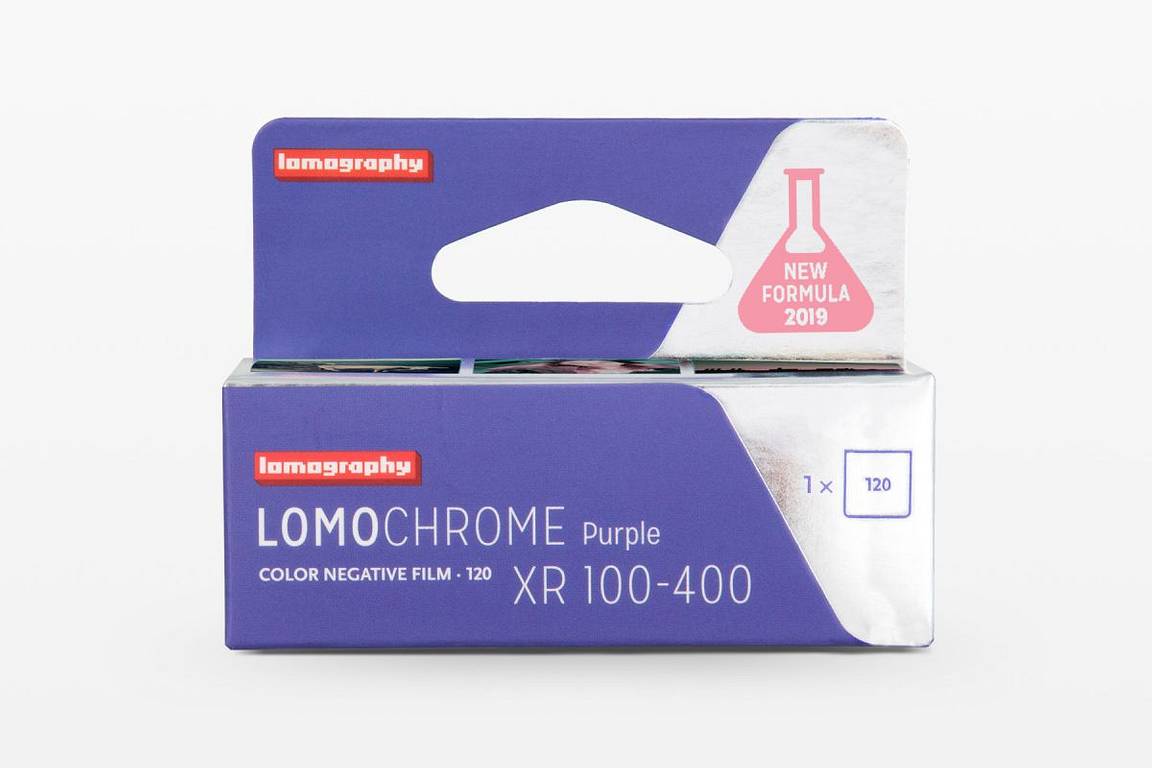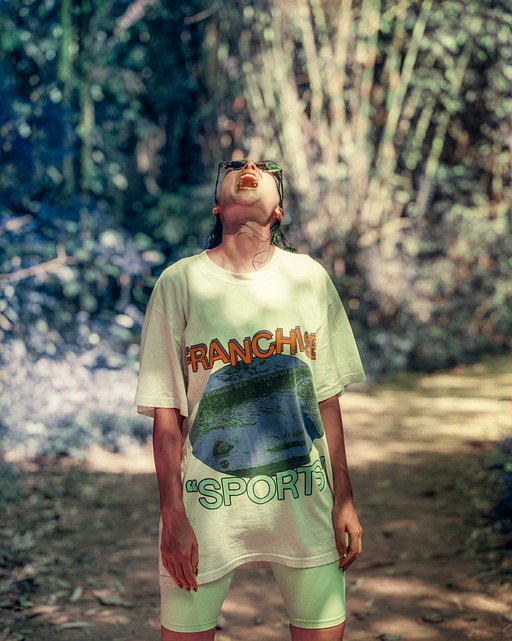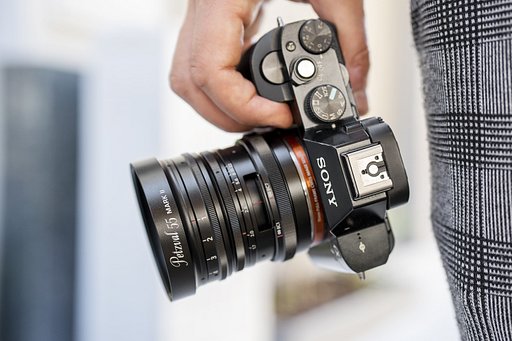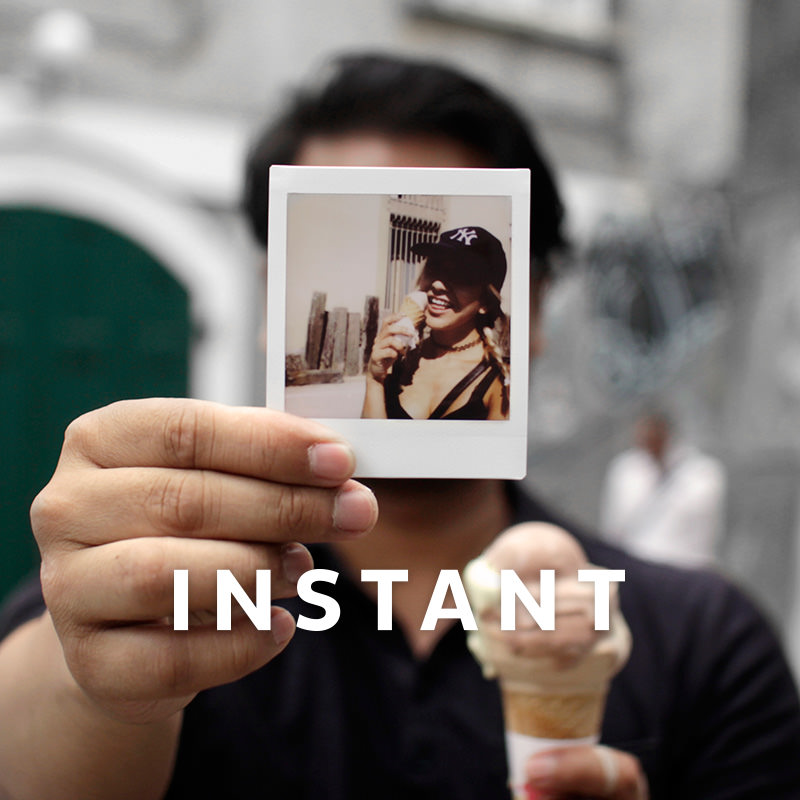The Many Faces of Indonesia on Film With Victor Puguh
4 12Indonesian photographer Victor Puguh has been traveling the vast archipelago capturing the diverse faces of his country on film. Indonesia has a population of over 200 million people, is made up of over 17,000 islands, and has more than 1,000 different ethnicities. It is an almost impossible feat to capture everyone on camera, but Victor does his best to show the many unique and beautiful people from his home country. Using medium format cameras, Victor wants to get every detail on his camera. He is not afraid to experiment and has even used LomoChrome Purple 120 alongside his regular film stocks such as Lomography Color Negative ISO 100 and ISO 400. Today we get a chance to talk to Victor as he shares with us his photographic practice and his plans for the future.
Hi, and welcome to Lomography Magazine. Can you introduce yourself and tell us how you started film photography?
Hi, I’m Victor Puguh. I live in South Tangerang, near Jakarta, the capital city of Indonesia. I work as a senior high school language teacher. I’m an analogue photography enthusiast. I’ve been loving the beauty of film photography since 2001. It started when I got an assignment from my college to capture the Vesak ritual in Borobudur temple, in Central Java, using a pocket analogue camera. Since then, my interest in film photography has grown deeper. When I was a kid, my dad used to capture me using his friend’s analogue pocket camera. He printed some of the pictures he took. Now, I sometimes look at those pictures in my family photo albums. The printed pictures have become my family legacy and they could also bring back my childhood memories. It’s so nostalgic.
You tend to use 120 film. Why did you decide to use this format?
My encounter with medium format just began in August last year. My film photography journey started with a point-and-shoot camera in 2001 (as I mentioned earlier). I also used some Lomography cameras in 2009 including the Holga 120N, Diana Mini, and Lomo LC-A. In 2014 I used some analogue 35 mm SLR cameras. Using a medium format camera, I feel more satisfied with the results. It has a bigger dimension. The limitation of the quantity (only 10 shots for 6x7 format) makes me more considerate and careful when shooting. Medium format offers fewer shots but I could value the results more. I learned the meaning of ‘enough’ and not to easily waste the films. Now I enjoy the process of film shooting more slowly. In addition, the price for a 120 mm black and white film roll is cheaper than 35 mm.
Can you describe your style of photography? I notice it’s mostly portraits. How did you decide to focus on that?
I actually don’t have a very specific style of photography. I have been familiar with portraits since elementary school. At that time, in my classroom, I was accustomed to watching portraits of national heroes and ministers put on the walls. For me, capturing portraits gives me a very personal connection with the models. When shooting, I’m always excited and thrilled whenever I see every different face through the rangefinder on my camera.
I also love landscapes since my hobby is mountain climbing. Sometimes I shoot my models with landscapes as the backgrounds. Apart from portraits and landscapes, my interest is in fashion photography since fashion is also a form of art and a medium of expression. Collaborating with the fashion stylists or designers and the models, then exploring unique concepts would be my upcoming niche in analogue photography.
Your Instagram is filled with different people from Indonesia. Have you thought a lot about the importance of documenting your culture through portraits?
Kassian Cephas as the pioneer of cultural documentary photography in my country influenced me a lot. I was also amazed at how Henry Cartier Bresson, a French photographer, captured the joy after Indonesia gained its independence. Martin Westlake is another important celebrated photographer whose pictures encouraged me to document the diverse culture of my country.
Indonesia is very rich in nature and culture. It has more than 17,000 islands with 500 different local languages and ethnicities. There have been many devoted foreign photographers who documented the beauty of my country. I also want to document the magnificence of my country through photography. By doing so, I could give my own contribution to documenting the diverse culture of Indonesia. I also want to inspire young people of my country to love our local, unique indigenous cultures, so that they will feel proud.
Living on an archipelago, you are bound to meet fellow countrymen and women with many differences even though you are all from one country. As you photograph
more and more Indonesians, what are some of the similarities and differences you have noticed?
Indonesia is a very diverse country with unique differences in some aspects including local languages, way of living, types of food, and traditions. It also has many myths,
legends, folktales, tribes, rites, and rituals. However, as one country, we share some similarities. As I noticed some indigenous tribes in Indonesia have a strong respect for their ancestors. They appreciate and persistently conserve nature (both water and earth). They have vibrant expressions and authenticity of art as seen in their outfits, houses, songs, and dances. They have a high level and intricacy of craftsmanship. However, they are humble. They live modestly and possess genuine sincerity.
I’m really interested in your exhibition about the Baduy Tribe. Can you tell us more about it and how the project happened?
The Baduy tribe is very interesting to explore. The location is not far from Jakarta, a metropolitan city. The indigenous people of Baduy still live modestly in this modern era. They live in harmony with nature and keep the old tradition but they have genuine friendliness to welcome the outsiders. The inner Baduy villages block themselves from having electricity in their houses. They respect waters and rivers by not using any chemical substances. They build their houses using the cheap, easy-to-get, and organic materials they get from the forest (vernacular architecture). They have a deep respect for water, earth, and ancestors.
When we have longer holidays, we usually go mountain climbing. Why don’t we visit Baduy and learn from them? We designed a short visit to shoot at Baduy. Surprisingly, there were 26 participants who were interested in joining this in October 2022. I was impressed with the results of the photo hunts. Then, I got the idea to conduct a mini exhibition in my city to present the unique culture of Baduy to the public.
A small coffee shop in our city called Kirakirakopi supported The Baduy Tribe photo exhibition in December 2022. We also got help printing more than 60 photos from a high-quality photo lab in Bali called Ojisan Film Lab. The Baduy photo exhibition encouraged young and vigorous photographers to be confident to share their pictures with the public. It’s a way to also share and educate people about the uniqueness of the Baduy tribe.
Can you tell us about your process when you take portraits? What are some techniques you like to use?
For me, photography is not the purpose. It’s not the product. It’s the process. Photography is the instrument to connect, interact, and communicate with others. When taking portraits, I could build light conversations with the models, so that they feel relaxed and convenient during the photoshoots. Since photography is not my profession, I could also enjoy doing it. Through film photography, I share information about the slow process of it with the models. They eventually understand. They patiently wait for the results and enjoy the sense of surprise. I give them the freedom for the models to choose the outfit they want to wear so that they can express their fashion style. We usually shoot outdoors with natural light. After shooting, I usually print the pictures. I give some to the models. I’m happy knowing that they are surprised and excited when receiving the printed pictures.
You have used the Lomography Color Negative films in ISO 100 and 400 as well as LomoChrome Purple. How was your experience using them and what do you think of the results?
Knowing the results from both Lomography 100 and 400 color negative films, I was amazed by how unpredictable the color tones turned out to be so surprising. The colors and contrast are so stunning. The films also give satisfying grain. I love the light leaks that appear in some frames. They are rough and accidentally beautiful. Meanwhile, the Lomochrome Purple provides a very dramatic scene for each shot I took. It’s my first time using it and I was very thrilled with the strong color character of it. The purple and velvet are so unbelievably dreamy and psychedelic. In the near future, I will surely shoot more of Lomochrome Purple due to its extraordinary color tone.
Can you share your favorite photos with us?
Hamada Hideaki, a Japanese photographer, is another inspiring figure for me. He made an awesome photo book entitled Haru and Mina as a family archive and a memorable gift for his sons. I recently documented my children (Rinjani and Semeru) using analogue cameras. I just do what my father did when I was a kid back then. Hopefully, the pictures will be the perpetual remembrance of their childhood memories.
Do you have any plans for where you’re going to photograph next or the people you want to shoot?
Living in a country with a very rich culture and tradition, I really want to stay in remote and far away places where I am able to live for some days with the indigenous tribes in Indonesia, observing and learning directly from them. I have an ambition to deepen my love for anthropology photography, doing analogue photographs and documenting some tribes including people in Mentawai, Sumba, Borneo, Alor, and Asmat. I also want to print the photos of those tribes with their uniqueness and conduct photo exhibitions in the city, so that people in urban areas can understand and learn the good spirits from those who live in remote and far away islands of Indonesia.
Is there any advice you want to share with the community?
Although the price of film rolls is getting much more expensive, I hope the practice of film shooting is still consistently going on. Always open yourselves to meet some new people to collaborate with, creating uncommon and unique photo concepts. Don’t push your ego and idealism too hard when doing photo sessions. Give the others space to execute their ideas as well. Try also to print some of our analogue pictures as an act of self-appreciation. Never do excessive editing to your analogue results in order to cherish the rawness and authenticity of film photography. Enjoy the process of film shooting!
We thank Victor Puguh for his amazing photos and for showing us the different faces of Indonesia. Be sure to check out his Instagram to keep up with his work. Do you have any projects with medium format films? Comment down below or message me @rocket_fries0036
written by rocket_fries0036 on 2023-07-31 #culture #people #places #people #fashion #medium-format #portrait #indonesia #faces #120mm #lomocolor-400 #apac #asia-lomochrome-purple
































































4 Comments